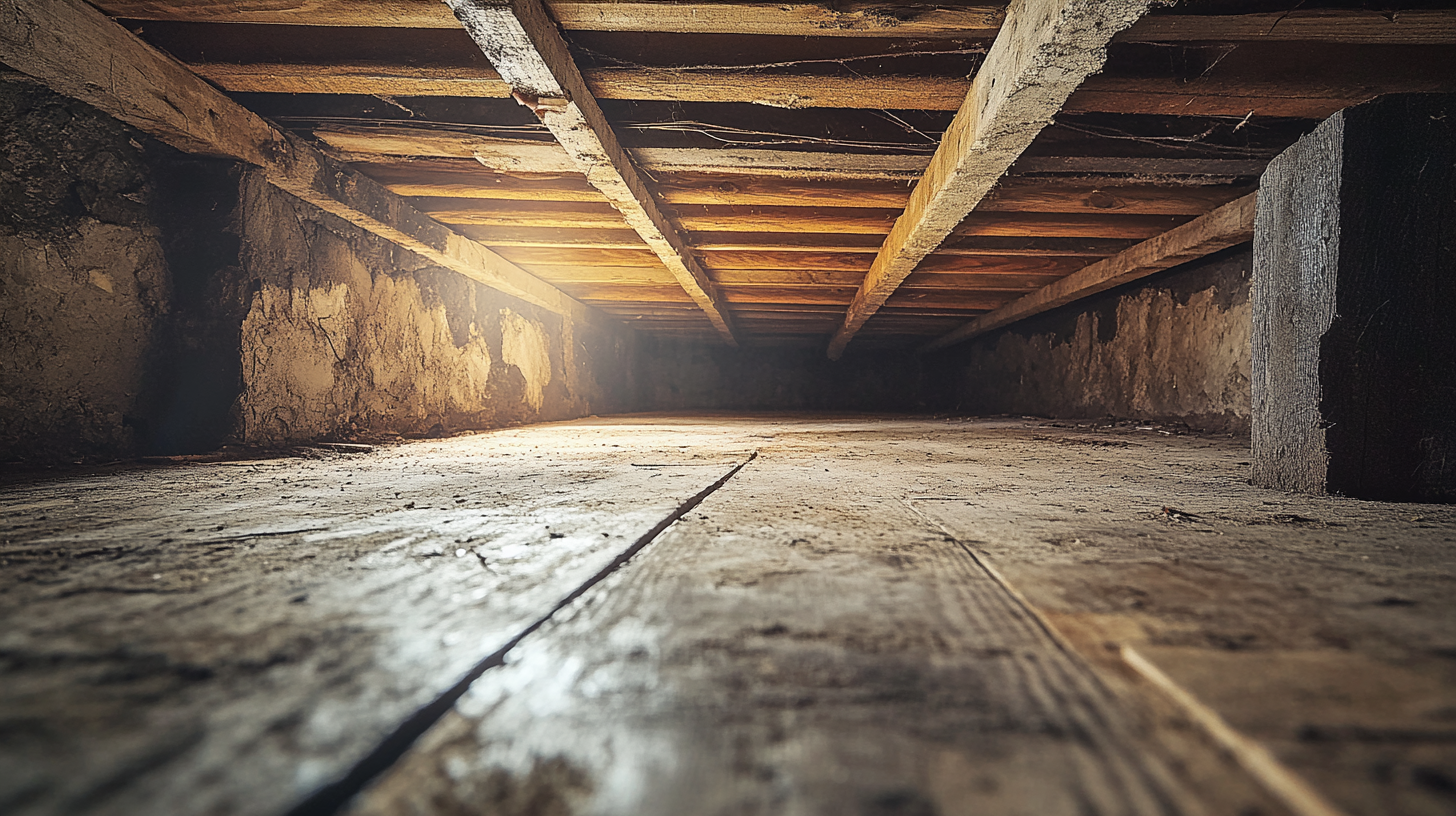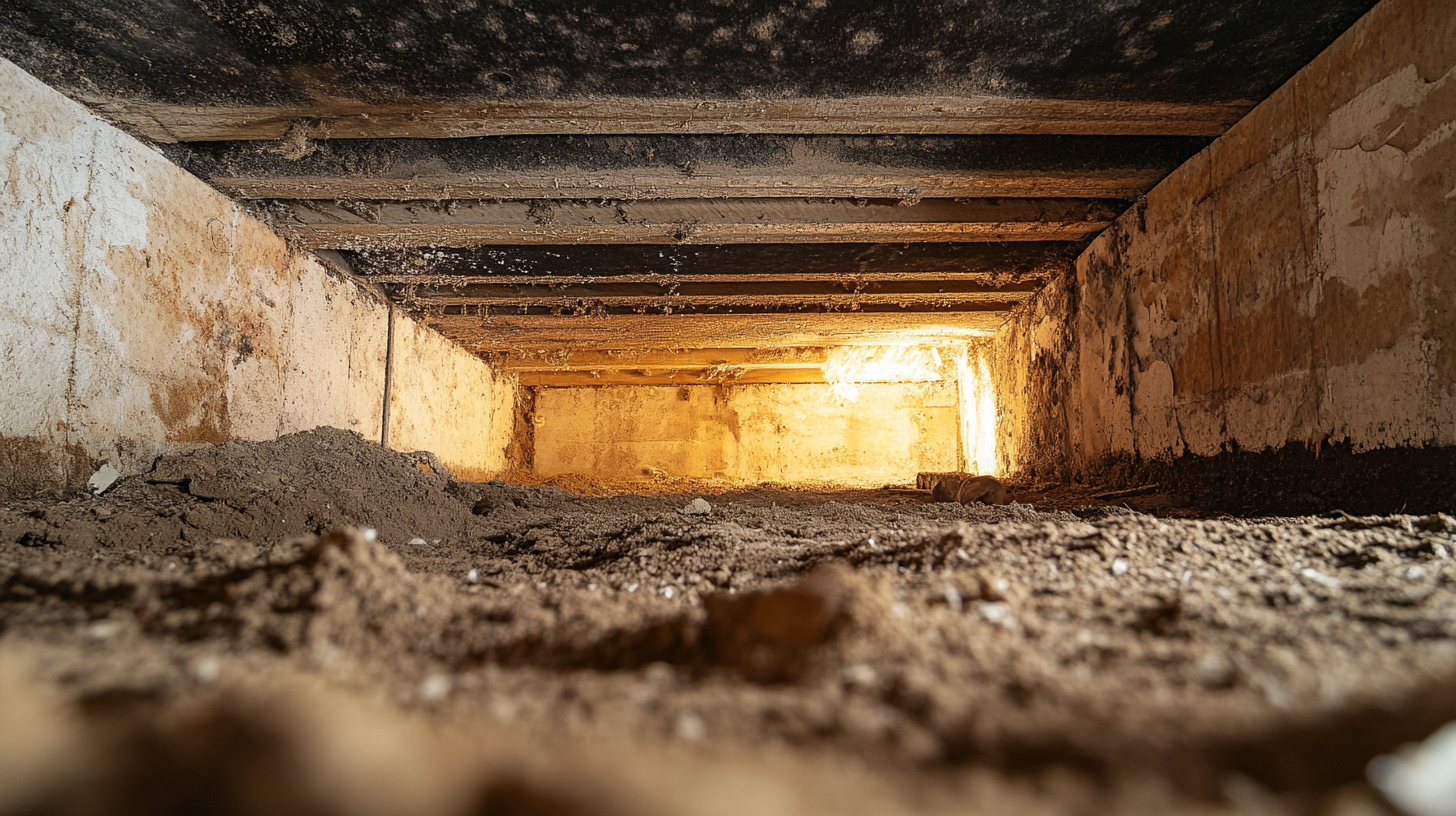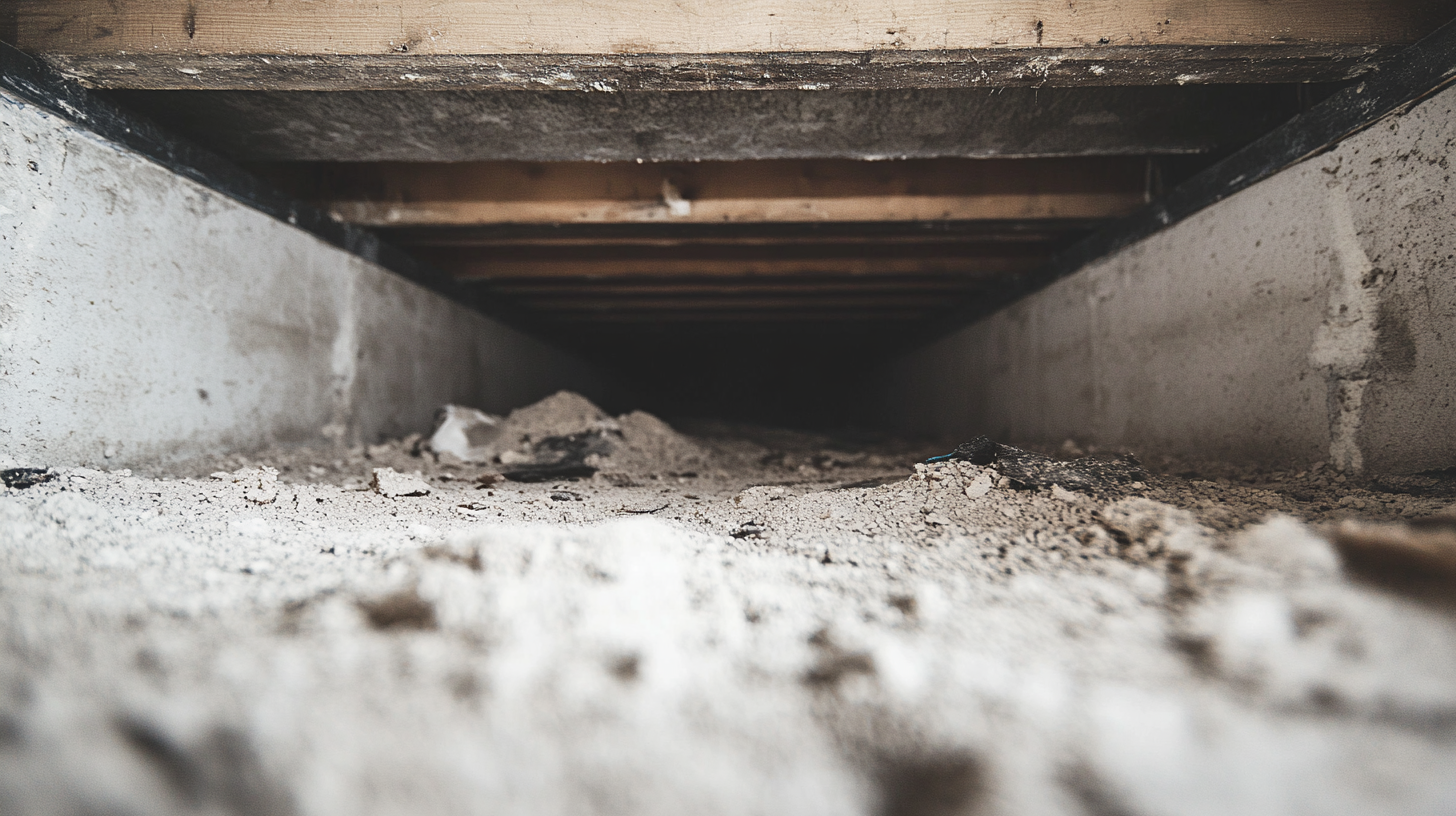The Role of Professional Fire Assessors in Recovery and Restoration

In the chaotic aftermath of a fire, the path to recovery and restoration begins with a clear and comprehensive understanding of the damage incurred. This pivotal task falls on the shoulders of professional fire assessors, whose role, though often underappreciated, is critical in shaping the recovery process. Just as a skilled editor scrutinizes a manuscript to ensure every detail contributes meaningfully to the whole, professional fire assessors examine a property methodically, ensuring no detail—no matter how small—is overlooked.
Professional assessors bring a blend of precision, expertise, and technology to a situation where the stakes are high and the challenges are numerous. They serve not only to evaluate the extent of physical damage but also to secure the safety of structural integrity, identify hazardous conditions, and provide the detailed reporting that forms the basis of insurance claims and restoration efforts. Their work ensures that recovery efforts are based on solid data, providing a roadmap for repair and reconstruction that is both efficient and effective.
This blog will explore how professional fire assessors operate within the critical window following a fire, detailing their methods, tools, and the indispensable insights they provide. We will delve into how their findings influence insurance negotiations, restoration decisions, and ultimately, how they help pave the way for rebuilding not just structures, but lives.
Understanding the Scope of Fire Assessment
Just as a literary critic methodically dissects a text to understand its themes, characters, and motifs, a fire damage assessor systematically evaluates a property to grasp the full extent of the damage caused by fire. This assessment is not merely a cursory glance at the visible damage but a deep dive into the structural, mechanical, and cosmetic damages that dictate the recovery process.
Initial Damage Assessment
Description of What Comprises an Initial Damage Assessment: The initial damage assessment acts as the preliminary survey of the fire-damaged property, aiming to quickly identify the most urgent issues. This includes:
- Structural Integrity: Evaluating the stability of key load-bearing structures like beams, columns, and foundations to ensure they haven't been compromised.
- Immediate Hazards: Identifying and mitigating immediate risks such as electrical shorts, gas leaks, or chemical spills that pose additional safety threats.
- Potential for Salvage: Assessing which parts of the property and which items within—like furniture, appliances, and personal belongings—can potentially be restored, and which must be replaced.
Importance of Timely and Accurate Assessment to Set the Course for Recovery Efforts: The timeliness and accuracy of this initial assessment are crucial. Like setting the thesis for a critical essay, it establishes the foundation upon which all subsequent recovery decisions are made, influencing everything from insurance claims to the allocation of resources for repairs and restoration.
Comprehensive Evaluation
Details on What a Comprehensive Evaluation Entails: Following the initial assessment, a more detailed and thorough evaluation is conducted, akin to a deep thematic analysis in literary review. This comprehensive evaluation includes:
- Electrical Systems: Checking all wiring, panels, outlets, and fixtures for damage that could lead to electrical fires or failures.
- Plumbing Systems: Examining pipes, fixtures, and sewage systems for signs of heat damage or disruption caused by water used in firefighting efforts.
- HVAC Systems: Assessing heating, ventilation, and air conditioning units for functional integrity and potential contamination from smoke and soot.
The Role of Technology in Enhancing Assessment Accuracy: Modern technology plays a significant role in increasing the precision of these evaluations, similar to how research tools enhance scholarly analysis. Tools such as:
- Thermal Imaging Cameras: Detect variations in temperature that indicate hidden hot spots or moisture areas, which are invisible to the naked eye.
- Moisture Meters: Measure the moisture content in various materials, crucial for identifying unseen water damage that can lead to mold or structural decay.
Coordination with Emergency Services
Just as a comprehensive research project involves collaboration with various experts to ensure depth and accuracy, effective fire damage recovery requires close coordination with emergency services. This partnership is crucial for ensuring that the site is safely and efficiently restored to its pre-fire condition. This section of the blog will explore how fire damage assessors collaborate with fire departments and liaise with local authorities, integrating critical information and complying with regulations throughout the recovery process.
Working Alongside Fire Departments
- How Assessors Collaborate with Fire Departments to Ensure a Site is Safe Post-Fire: Fire damage assessors often work hand-in-hand with fire departments immediately following an incident. This collaboration begins with a thorough site inspection to identify and mitigate any ongoing hazards, such as structural weaknesses or smoldering hot spots, ensuring the area is safe for entry and further assessment. Firefighters provide initial damage reports and insights into the fire's behavior and impact, which are invaluable for the subsequent assessment phase.
- Importance of Integrating Fire Department Findings into the Recovery Strategy: The initial findings and data provided by the fire department are integral to shaping the recovery strategy. This information helps assessors determine the scope of the damage and prioritize areas needing urgent attention. By integrating these findings, assessors can develop a more targeted and effective plan that addresses all critical safety and structural concerns, laying a strong foundation for the reconstruction and restoration efforts.
Liaising with Local Authorities
The Assessor’s Role in Complying with Local Building Codes and Safety Regulations: Post-fire assessments must adhere to local building codes and safety regulations, which can vary significantly from one jurisdiction to another. Assessors are responsible for ensuring that all aspects of the recovery and reconstruction plan comply with these regulations, which is crucial not only for the legality of the rebuilding efforts but also for the long-term safety and integrity of the restored structure.
Steps Taken to Secure Necessary Permits for Reconstruction and Restoration: Securing the necessary permits is a critical step in the recovery process and involves several key actions:
- Documentation Submission: Assessors compile and submit detailed reports of the damage along with the proposed rebuilding plans to local authorities.
- Permit Applications: They complete and submit the necessary applications for building and reconstruction permits, ensuring that all documentation meets the required standards.
- Inspections Coordination: Coordination with local authorities for inspections during and after the restoration process is necessary to ensure ongoing compliance with building codes and safety standards.
Impact on Insurance Claims and Negotiations
Much like a meticulously crafted academic paper influences scholarly dialogue, a detailed fire damage assessment significantly impacts insurance claims and negotiations. This blog section explores how professional assessments equip property owners with the necessary documentation and advocacy to navigate insurance processes effectively, ensuring fair and adequate settlements.
Documentation for Claims
How Professional Assessors Provide Detailed Documentation That Supports Insurance Claims: Professional assessors understand the nuances of what insurance companies require for claims processing. By providing detailed, objective, and clear documentation of the damage, assessors ensure that all losses are well-documented and substantiated. This documentation typically includes:
- Photographic Evidence: Assessor takes comprehensive photos from multiple angles to capture all damages. These images serve as undeniable proof of the extent of damage, which is crucial for claims.
- Detailed Reports: Written assessments include descriptions of the damage, the estimated repair costs, and the potential impact on the property’s value. These reports are structured to meet insurance standards to facilitate the claims process.
- Item Inventories: Lists of damaged or lost items, complete with descriptions, conditions pre-fire, and estimated replacement costs, are meticulously compiled. These inventories help ensure that no item is overlooked in the claims process.
Examples of Necessary Documentation: Essential documentation includes but is not limited to:
- Structural Reports: Detailed analyses of the structural integrity of the property post-fire.
- Restoration Proposals: Proposed actions for restoration, supported by rational evaluations and budget estimations.
- Correspondence Records: Logs of all communications with the insurance companies, which can play a pivotal role in disputed claims.
Facilitating Fair Settlements
The Assessor's Role in Ensuring That Property Owners Receive a Fair and Adequate Insurance Settlement: Professional fire damage assessors act as advocates for property owners, leveraging their expertise and documentation to negotiate with insurance providers. They ensure that all factors are considered in the settlement, from immediate repairs to long-term impacts on property value.
Strategies Used by Assessors to Advocate on Behalf of Property Owners During Insurance Negotiations:
- Detailed Cost Breakdowns: Providing itemized lists of damages and the associated costs helps clarify the financial impact and supports stronger negotiations.
- Expert Testimony: In cases of disputes, assessors may serve as expert witnesses, offering testimony based on their findings to support claims in negotiations or litigation.
- Comparative Analysis: Assessors often use data from similar cases and industry standards to argue for a fair assessment of damages, ensuring that the settlement reflects the true restoration costs.
Planning the Restoration Process
Restoration after a fire is a complex and nuanced process, akin to revising a comprehensive academic paper or rebuilding a critical theory based on solid data and well-defined objectives. This section of the blog will focus on how to formulate a restoration plan that addresses the specific damages and needs highlighted by a thorough assessment and how to collaborate effectively with restoration contractors to ensure the plan's successful implementation.
Developing a Restoration Plan
Steps Involved in Creating a Tailored Restoration Plan Based on Assessment Results: Developing a restoration plan is a critical first step in recovering from fire damage. It involves:
- Detailed Review of Assessment Reports: Starting with a thorough analysis of the fire damage assessment report to understand the full extent of the damage.
- Identification of Priorities: Prioritizing repairs is crucial; structural damages that threaten safety must be addressed first, followed by water damage repairs to prevent mold, and then cosmetic repairs.
- Resource Allocation: Determining the resources required, including time, labor, and materials, to address the priorities efficiently and effectively.
Considerations for Prioritizing Repairs and Restoration Activities: Prioritization is influenced by:
- Safety Concerns: Immediate repairs necessary to make the building structurally sound and safe for occupants and workers.
- Functional Needs: Restoring utilities and services to make the space habitable or operational as quickly as possible.
- Cost and Time Efficiency: Assessing which repairs will provide the most significant impact within budget constraints and timeframes.
Coordinating with Restoration Contractors
How Assessors Work with Contractors to Ensure the Restoration Plan is Executed Properly: The assessor’s role continues as they help coordinate the efforts of restoration contractors by:
- Communicating the Plan: Ensuring contractors understand the scope of work, the priorities set out in the plan, and the expected standards of repair.
- Monitoring Progress: Regularly checking in on the restoration progress to ensure that the work adheres to the plan and making adjustments as needed.
- Quality Control: Assessing the quality of repairs and restoration to ensure that all work is completed to the highest standards.
Criteria for Selecting the Right Contractor for the Job: Choosing the right contractor is vital for successful restoration and involves:
- Specialization and Experience: Selecting contractors who have specific experience and skills in fire damage restoration.
- Licenses and Certifications: Verifying that contractors are licensed and insured, which provides a measure of safety and quality assurance.
- References and Past Work: Checking references and previous projects to assess their capability and quality of work.
Ensuring Long-Term Property Safety and Compliance
Just as thorough revision ensures the integrity of a scholarly article, meticulous safety and compliance checks guarantee the long-term security of a fire-damaged property. This part of the blog will delve into how professional fire assessors contribute to rebuilding safer, more resilient structures and ensure that these improvements adhere to current safety standards and regulations.
Recommendations for Improvements
Suggestions Assessors Might Make to Improve Fire Safety: Professional assessors not only identify the extent of damage but also recommend measures to enhance fire safety in the future. These suggestions may include:
- Upgrading Materials: Recommending fire-resistant building materials such as fire-retardant roofing materials, non-combustible siding, and fire-rated doors and windows.
- Improving Fire Detection and Suppression Systems: Installing advanced smoke detectors, sprinkler systems, and fire alarms strategically throughout the property to enhance early detection and suppression capabilities.
- Importance of Incorporating Modern Safety Features and Materials During the Restoration: Integrating modern safety technologies and materials is crucial for reducing future fire risks. Assessors emphasize the benefits of such upgrades, which not only protect the property and its occupants but also can lead to lower insurance premiums. Moreover, using contemporary, compliant materials ensures the property’s value is maintained or increased, safeguarding the owner’s investment.
Compliance Checks
- Ongoing Role of Fire Assessors in Ensuring the Restored Property Continues to Meet Safety Standards and Regulatory Requirements: Fire assessors play a critical role in ongoing compliance checks. They ensure that restoration work adheres to all local, state, and national building codes and fire safety regulations, which may have been updated since the original construction of the property.
- How Assessors Can Facilitate Final Inspections and Approvals: Assessors coordinate with local building inspectors and fire safety officials to schedule and facilitate final inspections. They prepare and present detailed documentation of the restoration work, materials used, and compliance with safety standards to secure the necessary approvals. By acting as a liaison between property owners and regulatory bodies, assessors help streamline this process, reducing delays and ensuring that the restoration passes all required inspections the first time.
FAQs
Contact Fast Response Cleaning & Restoration Today!
Fast Response Cleaning & Restoration will do everything we can to ensure your experience with us is excellent.
Request A FREE Estimate
Request A FREE Estimate Form
CHECKOUT RECENT POST



Have an Emergency? We're Here to Help!
When it comes to disaster cleanup, we are a seasoned veteran in the industry and have helped hundreds of property owners just like you.
Our disaster recovery teams are available 24-7 to quickly clean up and repair disasters of all types.
